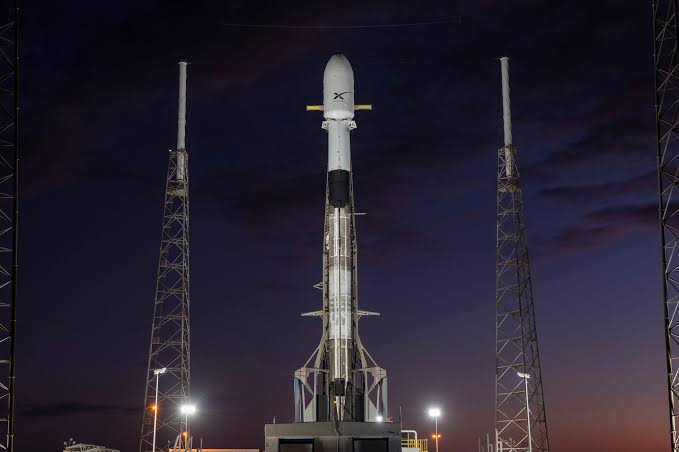This week at Taiyuan Satellite Launch Center, built in the Chinese province Shanxi, began with a back-to-back launch, according to media reports. The time gap between both the launches was only six hours.
Kuaizhou-1A rocket was used for both the launches at the same launch center. During the first launch, an Earth-imaging satellite called Jilin-1 Gaofen 02B was deployed. The satellite was designed by Chang Guang Satellite Technology Co. Ltd.
In the second launch event, six satellites were boarded on Kuaizhou-1A rocket. The group includes Spacety-16 and Spacety-17: the pair to be used for monitoring of Polar Regions and disaster prevention. The other two satellites, HEAD-2A and HEAD-2B, will be used for environmental monitoring and a means of communication for the Skywalker Constellation during the crisis. The remaining two satellites, Tianqi-4A and Tianqi-4B, will support IoT-based applications and also deliver data transmission & emergency communication services. ExPace, a commercial subsidiary of CASIC (China Aerospace Science and Industry Corporation), is the manufacturer of the above-mentioned satellites.
The state media reported that those sequential launches within a short period have marked progress for the Taiyuan Satellite Launch Center.
On a related note, China launched an imaging satellite last month, which is capable of capturing high-resolution 3D shots. The country has recently shared some high-resolution images captured by the Gaofen-7 satellite. The resolution of the images captured by the satellite is enough to locate a single person from the height of around 500 Kilometers.
China is revamping orbital imaging capabilities with a planned launch of a constellation of 14 satellites and Gaofen-7 is the latest launch among that set. Space tech industries, such as Planets, are propelling hundreds of satellites to offer real-time imagery for multiple terrestrial businesses. Therefore, China also desires to have its proprietary imagery system in the space.
With the successful deployment of each new satellite in the constellation, the imaging capabilities of the system get improved at a significant rate. Gaofen-7 landforms with multispectral cameras for capturing detailed 3D images of landforms and structures.





Leave a Reply